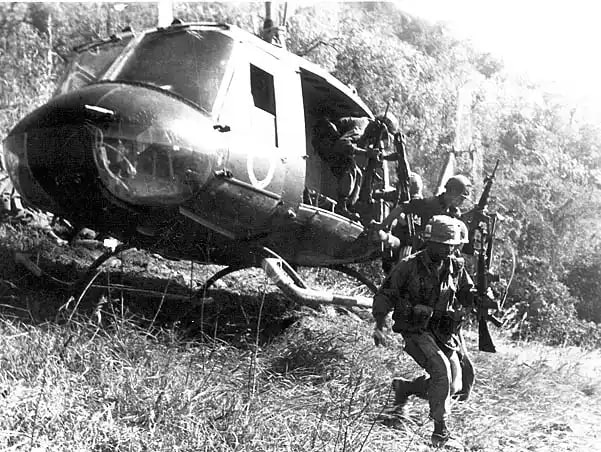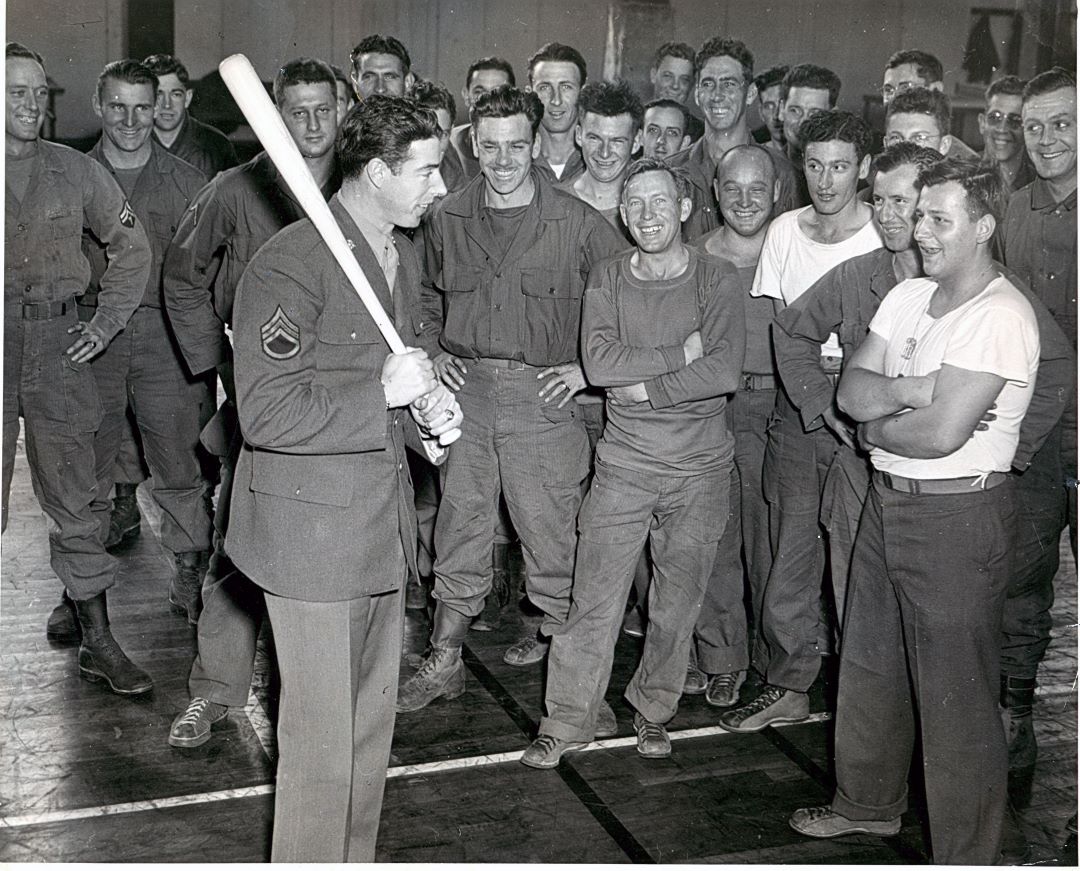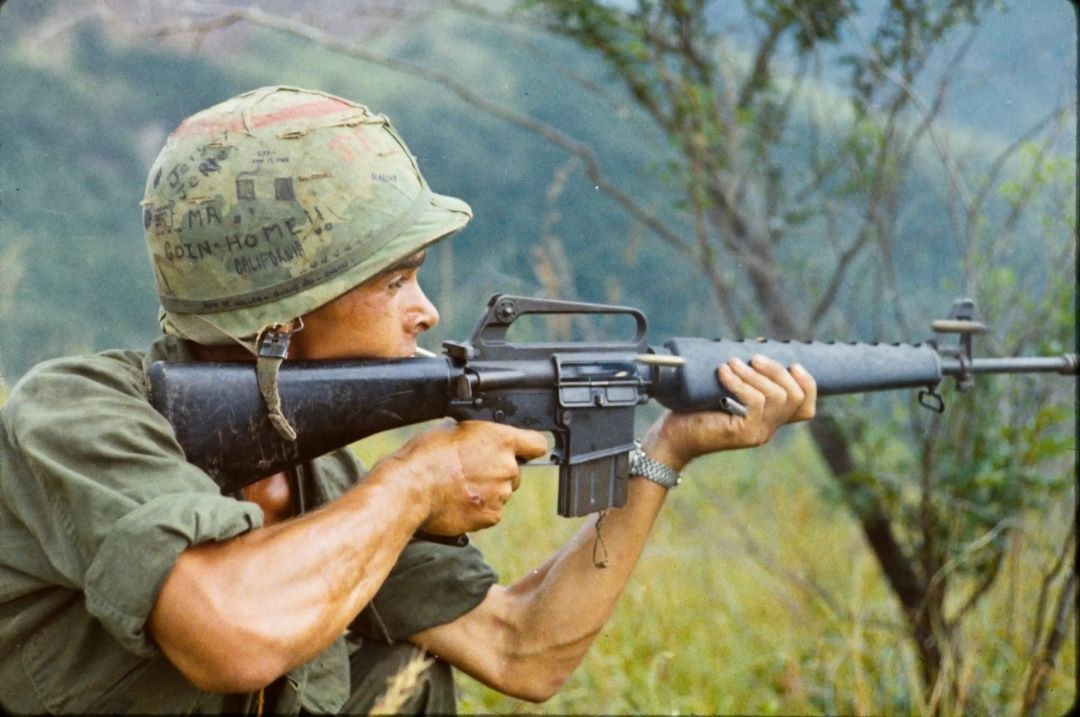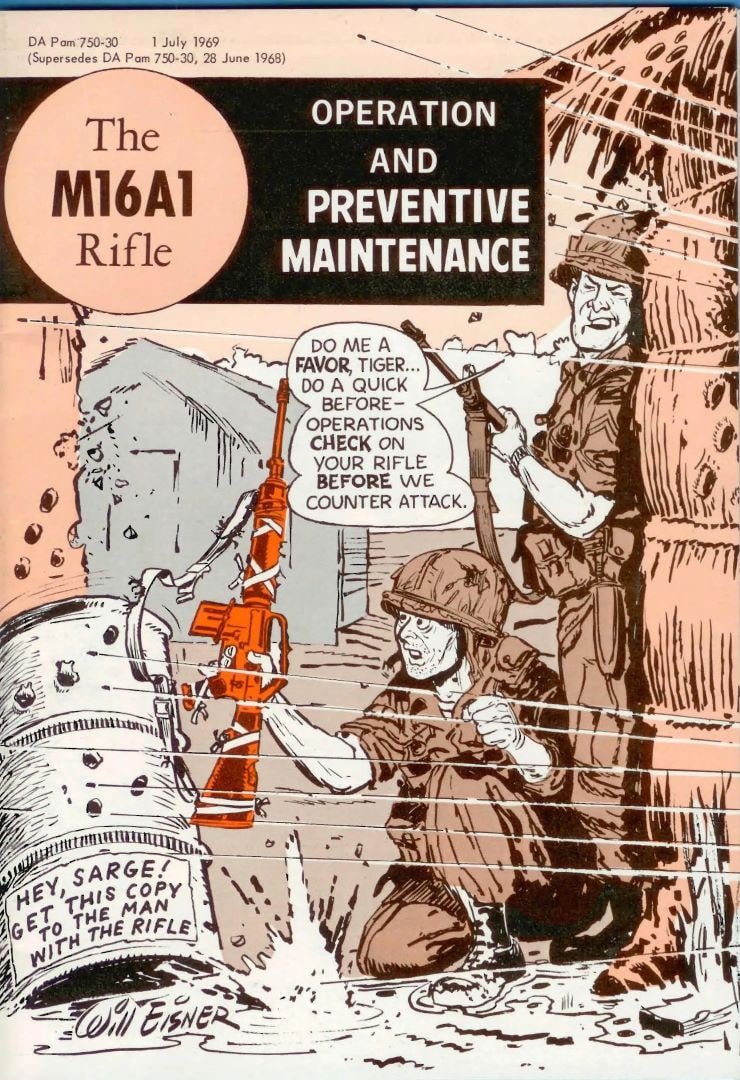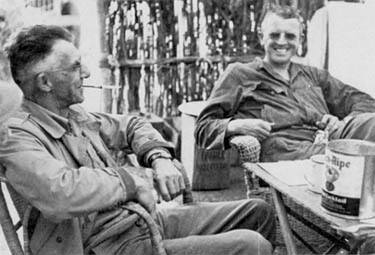29 MARCH 1973 – 50TH ANNIVERSARY OF THE END OF U.S. MILITARY INVOLVEMENT IN THE VIETNAM WAR
After a lengthy period of force reduction and “Vietnamization,” the last U.S. troops left Vietnam on 29 MAR 1973, 50 years ago today.
#Armyhistory #USArmy #TRADOC #VietnamWar
After a lengthy period of force reduction and “Vietnamization,” the last U.S. troops left Vietnam on 29 MAR 1973, 50 years ago today.
#Armyhistory #USArmy #TRADOC #VietnamWar

In the aftermath of the final withdrawal of U.S. ground combat troops in August 1972, the remaining U.S. military presence in Vietnam consisted largely of military advisors and their support staff.
#VietnamWarHistory #VietnamVeterans #MilitaryHistory #MACV @USArmy @TRADOC
#VietnamWarHistory #VietnamVeterans #MilitaryHistory #MACV @USArmy @TRADOC

The final “winding down” process (Operation COUNTDOWN) proceeded after the commencement of the ceasefire in JAN 1973. Over the course of the next 60 days, 23,335 U.S. troops were withdrawn, their exodus timed to correspond to the staged release of U.S. POWs. @SecArmy 

Between 27 – 29 MAR 1973, the last U.S. troops in Vietnam embarked along with their weapons and equipment. At 1100 on 29 March, Military Assistance Command – Vietnam (MACV) commander General Frederick C. Weyand furled the MACV colors.
@ArmyChiefStaff @USArmySMA
@ArmyChiefStaff @USArmySMA

In deference to the country and people who had hosted the U.S. military presence for nearly a decade, Weyand delivered his farewell remarks in Vietnamese. The MACV apparatus was officially dissolved, and the tumultuous Vietnam era was brought to a close. 

• • •
Missing some Tweet in this thread? You can try to
force a refresh

 Read on Twitter
Read on Twitter


